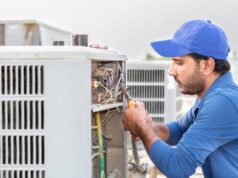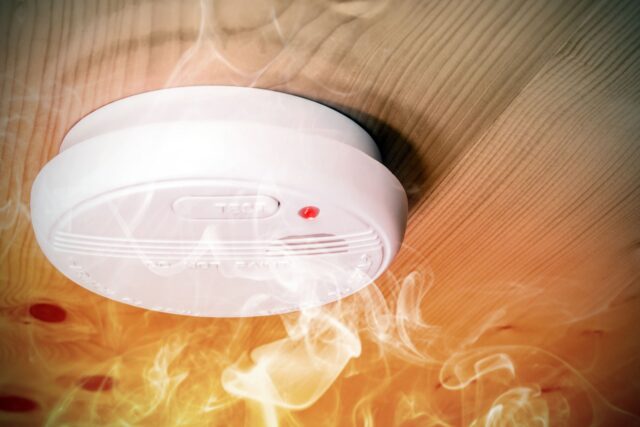
Setting up alarm devices like smoke detectors in your house is a very good and smart move, primarily because it protects you and your family members in the event of a house fire. If you look at the fire statistics for the United States from the NFPA (National Fire Protection Association), every year, over 3,000 Americans die as a result of home fires. On a multi-year average, as many as 358,300 fires occur each year.
It is important to say that the fires killed a fairly large number of firefighters, as many as 96 during 2024. Another important fact is the number of injuries in fires, of which over 20,000 were registered and treated in the United States over a period of one year. So, what can be easily concluded from these statistics is that fires are extremely dangerous and life-threatening.
But what can each individual do as a prevention? Well, the answer is extremely simple-smoke detectors. These incredibly useful home appliances can save your life at very affordable prices. These alarms are exactly the topic of today’s article, more precisely the best locations in the house where you can place them. You can read more about it, but also some useful information below. So, if you’re ready, let’s get started.
Page Contents
Which smoke detector to choose?

Before we say anything more about the choice of the devices themselves, it is important to note that these devices are mandatory in households under United States law, but also in other countries such as the United Kingdom and European Union countries. Therefore, if you don’t currently have them in your home, our advice is to install them so as soon as possible.
Speaking of the purchase of a smoke detector, the logical question that arises is “which smoke detector to choose?”. Our recommendation is to check out some of the X-Sense smoke detectors. You can choose from a wide range of different types of alarms, especially interesting are 10-year sealed ones that are lithium battery-powered, equipped with advanced photoelectric sensors and allow you as much as 10 years of protection, which is the period during which you don’t have to change batteries.
What types of smoke detectors are there?
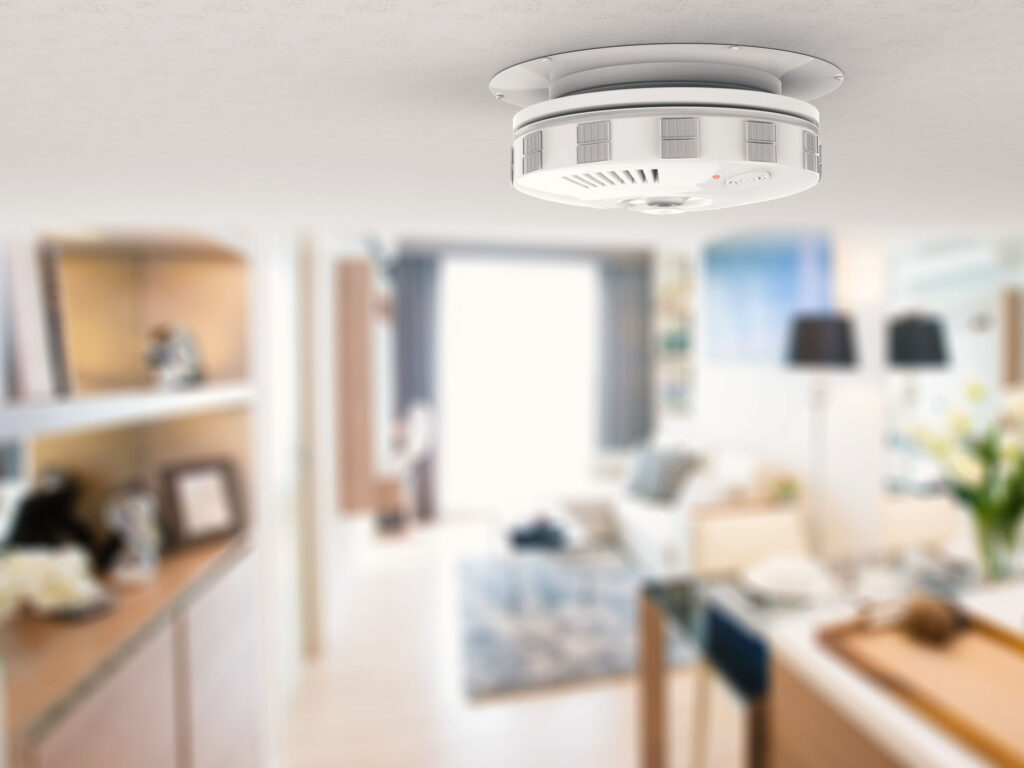
Generally speaking, there are two types of smoke detectors, and these are photoelectric which we mentioned earlier as well as ionization alarms. Of course, depending on the type of power supply, there can be mains- and battery-powered alarms. This means that they can be powered from the mains of your house or by batteries.
Another division can be made here, so that there are standalone and interconnected smoke detectors. Standalone alarms, as their name suggests, are the only ones activated, without launching other detectors that are placed around the house. Interconnected ones may be a better solution because if one is activated, all that are interconnected are automatically activated.
When it comes to the general division into ionization and photoelectric smoke detectors, it is important to say that each of them has its advantages. For example, the photoelectric type is very useful for detecting smoldering flames. Smoldering flames occur gradually, especially from cigarettes, charcoal and similar slow-burning materials.
When it comes to ionization ones, they are suitable for flaming fires caused by burning wood, paper, due to cooking accidents, etc. In essence, flaming fires quickly create a lot of flame, without too much smoke. Experts recommend these two types to be combined. Ionization type is usually used in rooms such as the kitchen, while photoelectric type can be used in other places where there are fast burning materials.
The best location to place smoke detectors in your house
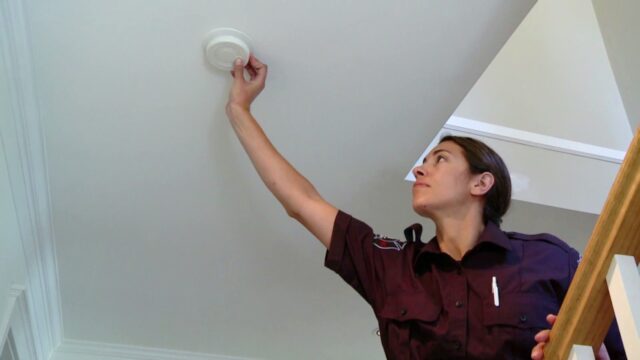
Now that you’ve learned what the law says, what types of smoke detectors exist, and what devices you should get, it’s time to find out where it’s best to place them. People are often in doubt after buying these devices where to place them and how to do it properly. Fortunately, we are here to help.
So, according to the tips that you can also find on the NFPA official website, it is necessary for each bedroom to be equipped with one smoke alarm. Also, each floor of the house should contain these detectors, including the basement and the attic.
In addition, it is recommended to set alarms on stairways and in hallways. This will help better alert all members of your family if any of the alarms detect smoke.
Additional guidelines for installing a smoke detector

Although we have listed the locations where it is advisable to install smoke alarms, there is certainly some other information that is worth mentioning and which can also be useful.
Do not place detectors near openings
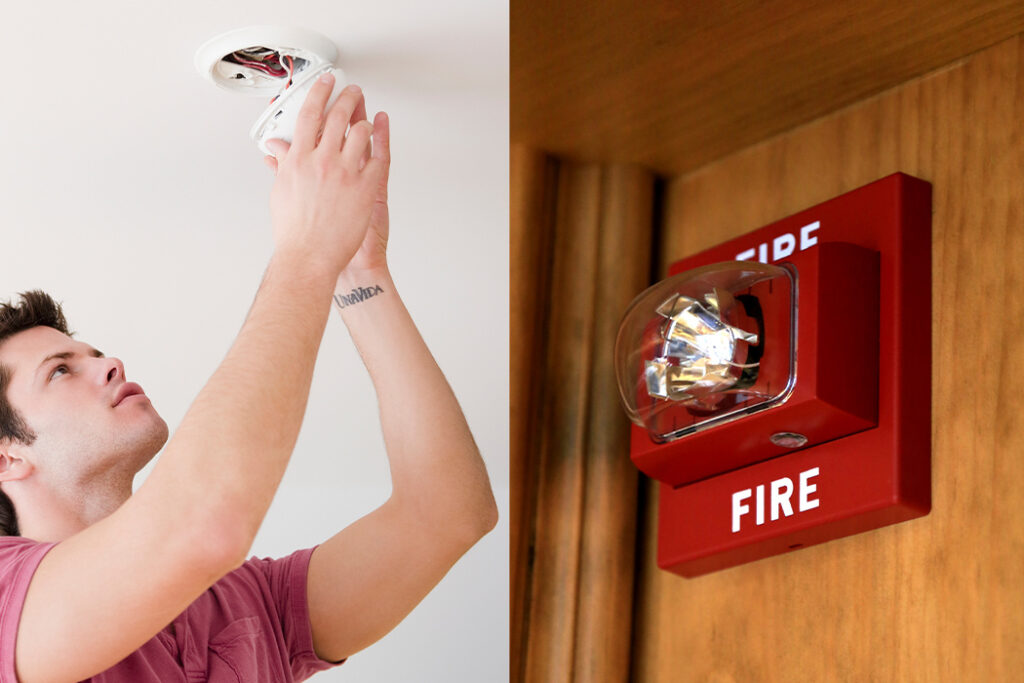
By openings, we mean windows, doors and other ducts where smoke detectors can be disturbed. This is an official NFPA recommendation.
Follow the manufacturer’s instructions
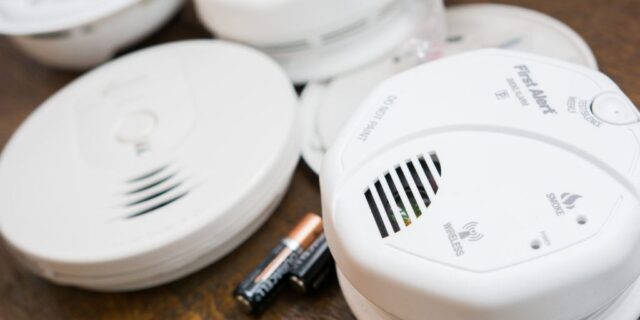
According to the advice of the CFPA (Confederation of Fire Protection Associations), the installation and maintenance of smoke detectors should be done in accordance with the manufacturer’s instructions. You always get instructions with the device, so it is important to read and follow it carefully.
Use devices from the same manufacturer
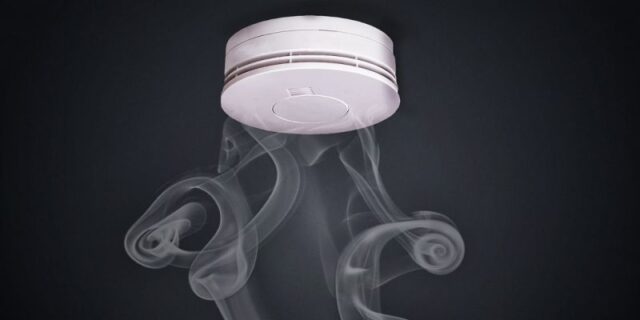
As we mentioned earlier, the big advantage is the interconnection of smoke detectors. However, if you have devices from different manufacturers, they may not work together.
Keep the device as clean as possible
In addition to the standard maintenance of the device (battery replacement), it is very important not to allow too much dust, debris or maybe even spider webs to accumulate, as all of this can interfere with the proper operation of the device.
In addition, special emphasis is on avoiding any painting and sticking of stickers on smoke detectors as this also interferes with operation and therefore endangers your safety.
Bottom Line
So, if you have carefully read everything we talked about today, there is no doubt that you can easily make a plan for installing new smoke detectors. Plus, you’ve learned what types of devices exist, which alarms to choose, and of course, which locations are best in the house for optimal operation of all alarms and therefore for your protection.




















